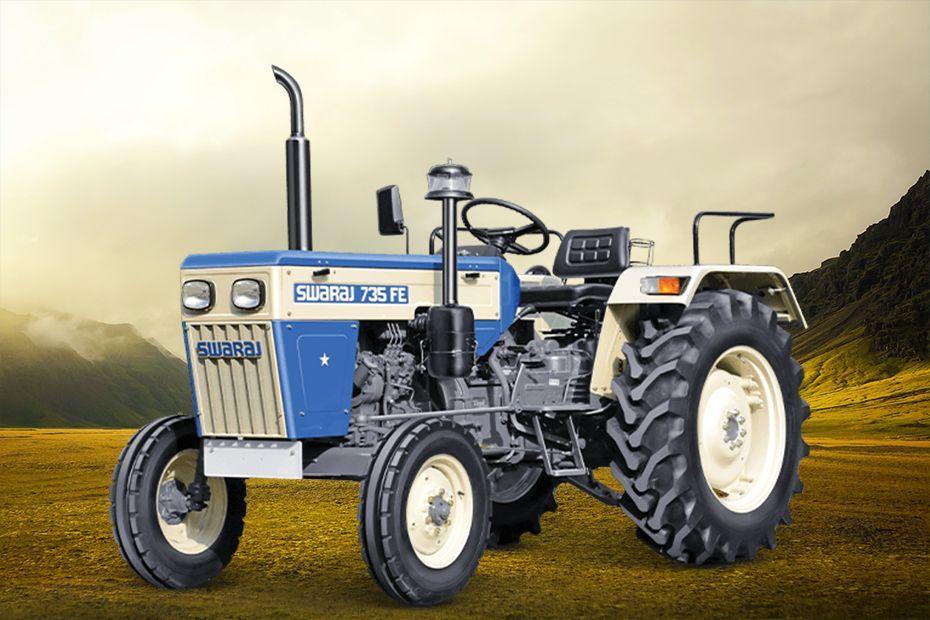
Women’s fashion has undergone a significant transformation in recent years, moving towards a more inclusive and diverse landscape. The industry that was once characterized by narrow beauty standards and limited sizing options has evolved to embrace a wide range of body types, styles, and identities. This positive shift is the result of a collective effort by designers, brands, activists, and consumers who have advocated for greater representation and inclusivity in the fashion world. Want to learn more about how women’s fashion has become more inclusive? Keep reading.
Size-Inclusive Clothing
One of the most significant advancements in women’s fashion is the emergence of size-inclusive clothing. In the past, many brands offered limited sizing options that catered to a specific body type, leaving many women feeling excluded and underserved. However, an increasing number of brands now offer extended size ranges, from petite to plus-size, catering to a broader spectrum of body shapes. There are even brands that specifically cater to plus size, so everything they design is made with curves and more in mind. Check out brands like froxx.co.uk for a more detailed look into the type of plus size fashion they do for their customers and how it is paving the way for the future of fashion.
Size-inclusive clothing allows women of all sizes to find stylish and fashionable pieces that make them feel beautiful and confident.
Body Positivity and Diversity
The body positivity movement has played a crucial role in reshaping the fashion industry. This movement emphasizes the importance of self-acceptance and celebrates bodies of all shapes and sizes. Women’s fashion has responded by featuring a more diverse range of models, including women with different body types, skin tones, and backgrounds. This emphasis on diversity in fashion campaigns and runways promotes body positivity and empowers women to embrace their unique beauty.
Adaptive Clothing
The fashion industry has also recognized the importance of catering to individuals with disabilities or specific needs. Adaptive clothing is designed to be functional, comfortable, and easy to put on and take off for individuals with mobility challenges or other physical conditions. With the rise of adaptive fashion, they can enjoy a wider range of stylish and trendy clothing that meets their specific requirements without compromising on style.
Gender-Neutral Fashion
Another significant step towards inclusivity in women’s fashion is the rise of gender-neutral clothing. As society moves towards greater acceptance of gender diversity, the fashion industry has reacted by blurring traditional gender lines in clothing design. Gender-neutral fashion features versatile and unisex styles that allow individuals to express their identity beyond conventional gender norms. This inclusive approach ensures that all individuals can explore fashion without feeling confined by gender stereotypes.
Collaborations and Social Media Influence
Social media has played a transformative role in promoting inclusivity in women’s fashion. Influencers and content creators with diverse backgrounds and styles have challenged traditional beauty standards and reshaped the fashion conversation. Collaborations between brands and influencers have become a powerful platform to promote body positivity and diverse representation in the industry. Social media also allows consumers to demand greater inclusivity and hold brands accountable for their practices.
Conclusion
The transformation of women’s fashion towards greater inclusivity is an ongoing journey that has already made significant strides. This shift is not just about selling clothes; it is about empowering people to feel confident, accepted, and represented in the world of fashion. Consumers can drive this change further by supporting brands that prioritize inclusivity and advocating for greater diversity in the fashion world.



















































